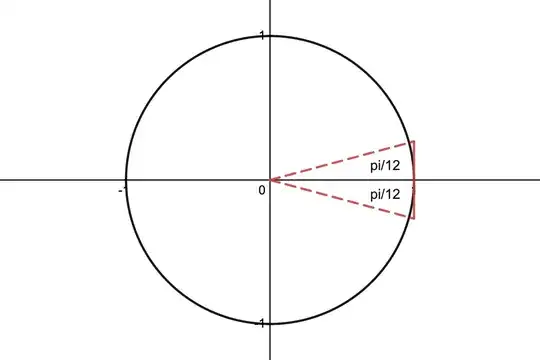I will not use any approximations in this answer.
Consider the definite integral $$\int_0^1\frac{t^4(1-t)^4}{1+t^2}dt.$$ Simply expand the numerator using binomial formula and reduce the numerator in terms of the denominator. I’ll skip a few steps for the sake of brevity: $$\int_0^1\frac{t^4(1-t)^4}{1+t^2}dt=\int_0^1\left(-4t^5+t^6+t^4+\frac{4t^6}{1+t^2} \right)dt$$$$= \int_0^1\left(-4t^5+t^6+5t^4-\frac{4t^4}{1+t^2} \right)dt= \int_0^1\left(-4t^5+t^6+5t^4-4t^2+\frac{4t^2}{1+t^2} \right)dt $$$$= \int_0^1\left(-4t^5+t^6+5t^4-4t^2+4-\frac{4}{1+t^2} \right)dt$$$$=\bbox[5px, border:2px solid red]{\frac{22}{7}-\pi.}$$ This is a very nice expression containing both $\dfrac{22}{7}$ and $\pi$.
Now, note that the function $\displaystyle f(t)= \frac{t^4(1-t)^4}{1+t^2}$ is ALWAYS positive for all $t\in (0,1)$. This means that the integral $\displaystyle\int_0^1 \frac{t^4(1-t)^4}{1+t^2} dt$ is also strictly positive. Thus, we get, $$\bbox[5px, border:2px solid gold]{\frac{22}{7}-\pi>0\implies \frac{22}{7}>\pi.}$$
Hence we finally arrive at the desired conclusion: $$\pi<\frac{22}{7}<\frac{23}{7}.$$
Thus, we can write $\Bigg |\pi-\dfrac{23}{7}\Bigg|=\dfrac{23}{7}-\pi$.
